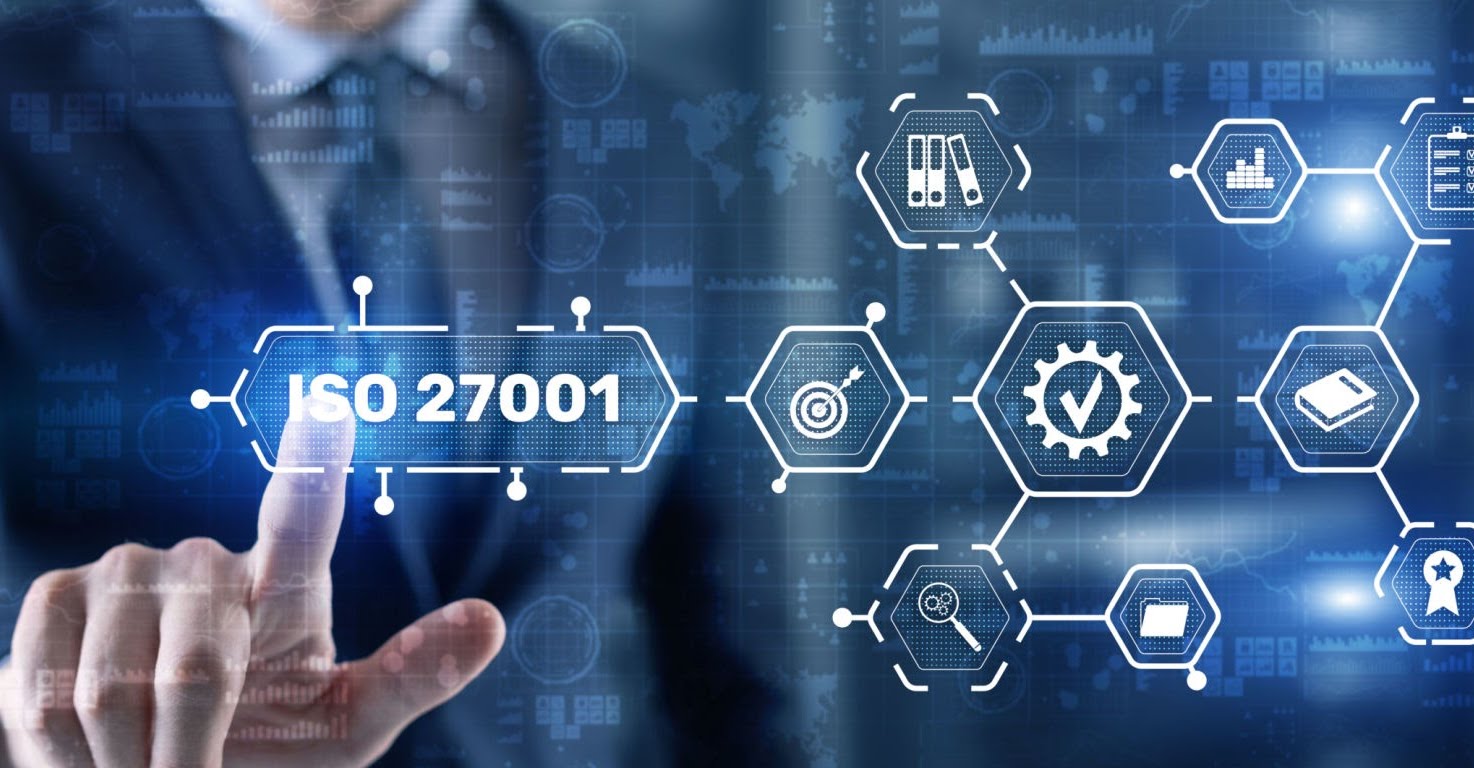Getting Started with ISO 27001:2022 A Practical Guide

Introduction
ISO 27001 is the international standard for information security management systems (ISMS). This comprehensive guide will walk you through the essential steps to implement ISO 27001 in your organization, from initial planning to certification.
What is ISO 27001?
ISO 27001 provides a systematic approach to managing sensitive company information and ensuring it remains secure. It includes people, processes, and IT systems by applying a risk management process.
Key Benefits
- Enhanced Security: Systematic approach to protecting information assets
- Regulatory Compliance: Meets various regulatory requirements
- Business Continuity: Reduces the risk of security incidents
- Competitive Advantage: Demonstrates commitment to information security
- Customer Trust: Builds confidence with clients and partners
Implementation Process
1. Gap Analysis
Start by conducting a thorough gap analysis to understand your current security posture:
- Review existing security policies and procedures
- Identify information assets and their value
- Assess current security controls
- Document gaps against ISO 27001 requirements
2. Risk Assessment
Implement a comprehensive risk assessment process:
- Asset Identification: Catalog all information assets
- Threat Analysis: Identify potential threats to each asset
- Vulnerability Assessment: Evaluate weaknesses in current controls
- Risk Evaluation: Calculate risk levels and prioritize treatment
3. Control Implementation
Select and implement appropriate security controls:
- Choose controls from Annex A or implement custom controls
- Develop detailed implementation procedures
- Assign responsibilities and timelines
- Monitor implementation progress
4. Documentation
Create comprehensive documentation including:
- Information Security Policy
- Risk Assessment and Treatment Plan
- Statement of Applicability (SoA)
- Procedures and work instructions
- Records and evidence of implementation
Common Challenges
Resource Constraints
Many organizations struggle with limited resources for implementation. Consider:
- Phased implementation approach
- Leveraging existing security initiatives
- Outsourcing specific components
- Focusing on high-risk areas first
Documentation Overhead
The documentation requirements can seem overwhelming:
- Use templates and frameworks
- Focus on value-adding documentation
- Implement document management systems
- Regular review and updates
Cultural Change
Implementing ISO 27001 requires organizational change:
- Leadership commitment and support
- Regular training and awareness programs
- Clear communication of benefits
- Recognition and rewards for compliance
Best Practices
1. Leadership Commitment
Ensure top management is fully committed to the ISMS implementation and provides necessary resources.
2. Start Small
Begin with a limited scope and expand gradually as your ISMS matures.
3. Integrate with Existing Systems
Leverage existing management systems and processes rather than creating parallel structures.
4. Regular Reviews
Conduct regular management reviews and internal audits to ensure continuous improvement.
5. Employee Engagement
Involve employees in the process and provide regular training and awareness sessions.
Timeline
A typical ISO 27001 implementation follows this timeline:
- Months 1-2: Gap analysis and planning
- Months 3-6: Risk assessment and control implementation
- Months 7-9: Documentation and internal audits
- Months 10-12: Certification audit and remediation
Conclusion
Implementing ISO 27001 is a significant undertaking that requires careful planning, dedicated resources, and organizational commitment. However, the benefits of improved security, regulatory compliance, and customer trust make it a worthwhile investment.
The key to success is taking a structured approach, focusing on your organization’s specific risks and requirements, and viewing ISO 27001 not just as a compliance exercise but as a foundation for a mature information security program.
Ready to start your ISO 27001 journey? Check out our comprehensive implementation toolkit for templates, checklists, and expert guidance.
About the Author

Igor Petreski
Compliance Systems Architect, Clarysec LLC
Igor Petreski is a cybersecurity leader with over 30 years of experience in information technology and a dedicated decade specializing in global Governance, Risk, and Compliance (GRC).Core Credentials & Qualifications:• MSc in Cyber Security from Royal Holloway, University of London• PECB-Certified ISO/IEC 27001 Lead Auditor & Trainer• Certified Information Systems Auditor (CISA) from ISACA• Certified Information Security Manager (CISM) from ISACA • Certified Ethical Hacker from EC-Council